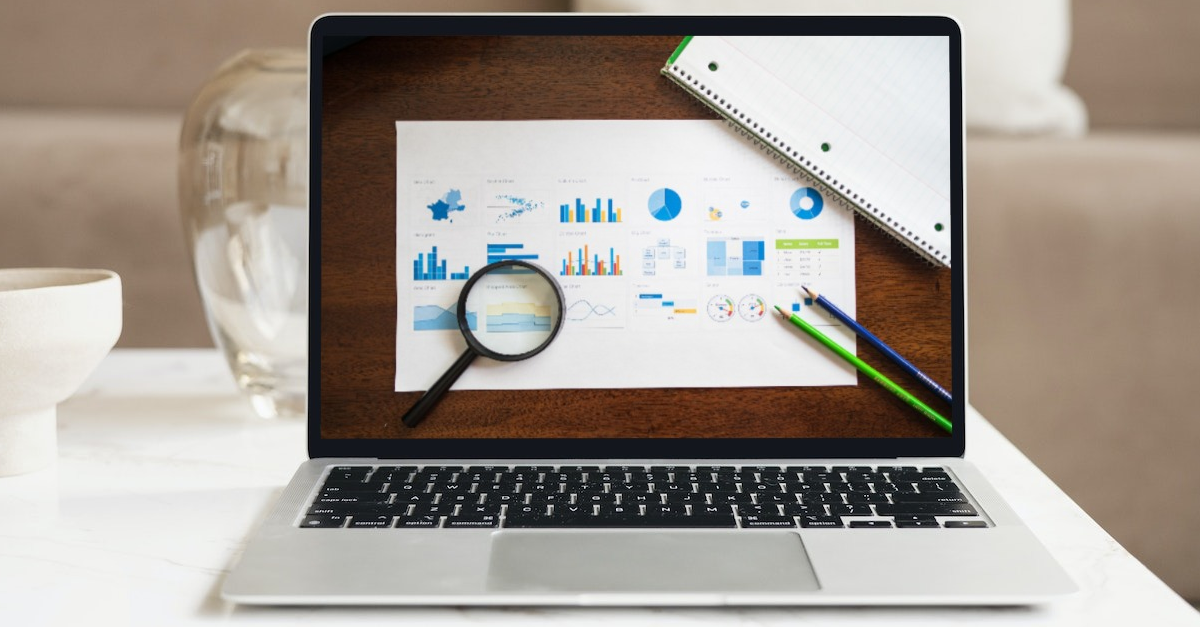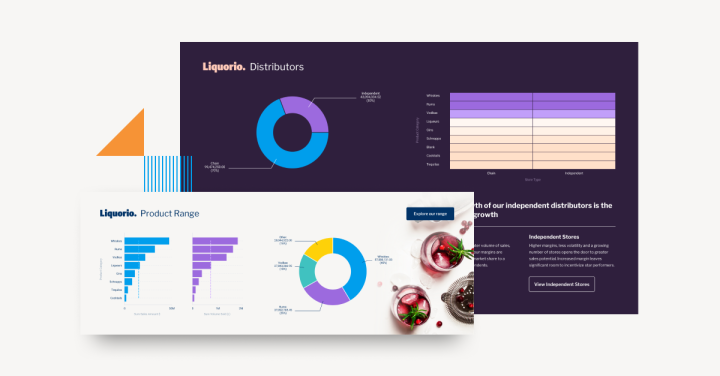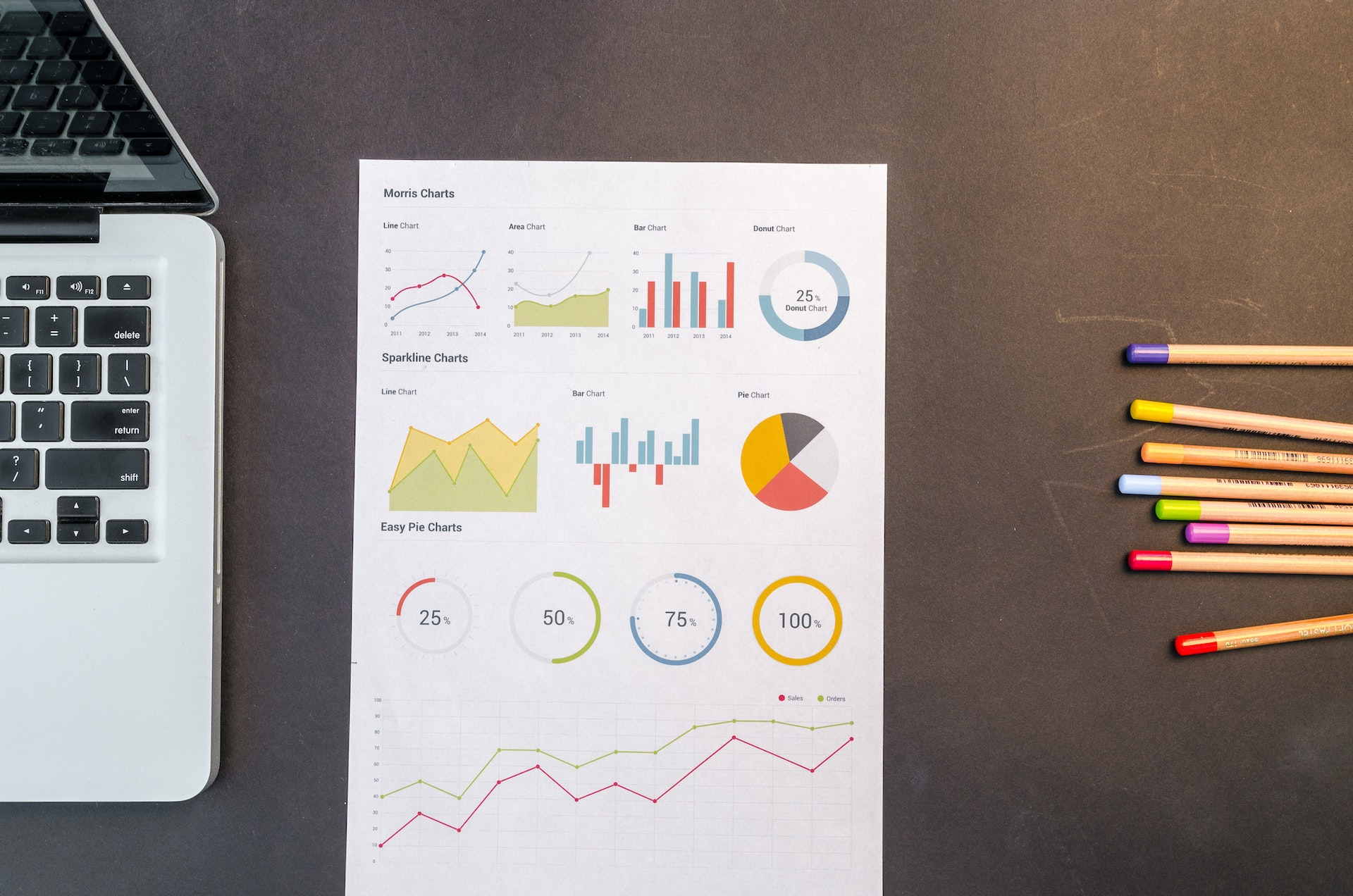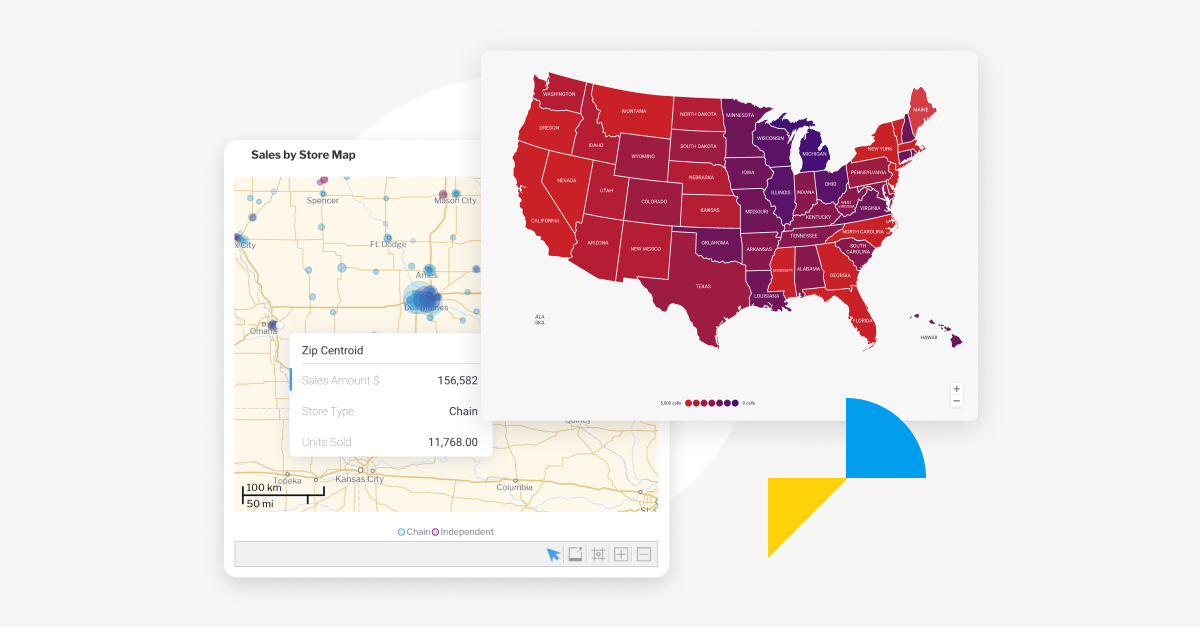
7 Key Benefits of Data Visualization Tools
Data visualization is one of the most important capabilities of any business intelligence (BI) and analytics solution. It helps people translate complex data into a visual context, like a chart or a graph, identify trends numbers alone can't easily reveal, and discover hidden patterns in your dashboard.
Data visualization also provides a wealth of additional benefits for data analysis, such as enabling easier understanding of the correlation between operations and results. By properly utilizing this information, you can make significantly better business decisions.
In this blog, we detail 7 benefits of data visualization tools and business software that you should be getting from your BI solution.
 In summary, data visualization software is adopted to:
In summary, data visualization software is adopted to:


Data visualization business software: A Refresher
The purpose of data visualization business software is to enable organizations to transform complex datasets into interactive visual formats, and help everyone from non-technical business professionals to advanced developers analyze trends, patterns, and key metrics more efficiently, leading to better decision-making. The benefits of data visualization extend beyond aesthetics, as these tools can also improve data comprehension, enhance collaboration, and drive business intelligence strategies - when following the right dashboard design considerations.The importance of data visualization tools in business
The importance of data visualization goes beyond just presenting numbers in a graphical format. When deployed correctly as part of your business intelligence dashboards, the use of graphs, charts, heatmaps and the many other types of data visualization can help improve efficiency, strategy, and communication related to your business reporting and data analysis processes. Today, many companies use best-in-class embedded data visualization tools to track performance in real-time and represent key metrics in interactive formats to make better data-driven decisions - rather than rely on static, tabular reports, which can sometimes be hard to understand for certain business stakeholders. In summary, data visualization software is adopted to:
In summary, data visualization software is adopted to:
Simplify complex data
Instead of sifting through endless reports, businesses can use visual dashboards to understand key metrics at a glance.Improve communication across teams
Visual data makes it easier for different departments to collaborate and align on business goals.Help spot opportunities and risks
With real-time analytics, businesses can identify emerging trends and potential data risks before they impact operations. Now that you know what is data visualization and why is it important, let's cover its benefits in greater detail.Key benefits of data visualization tools
First thing’s first - if you are familiar with modern data visualization options, or the concept of data viz, we recommend you read our free guide, What is Data Visualization and its Importance in Business Intelligence? Visualizing data is made possible with specialized data visualization software that graphically renders complex information. They utilize different formats of visualization, such as graphs, charts, or heatmaps, to represent massive datasets. As a result, you can easily analyze large amounts of data, compared to having to sift through tables or reports full of raw metrics. Ultimately, these tools help you to quickly understand key insights and make timely business decisions. The best tools to visualize data on the market are Yellowfin, Microsoft Power BI, and Tableau. We have a guide linked below that can help you get up-to-speed. Here are the key benefits of data visualization tools:Better business decisions
Data visualization enables you to effortlessly create intuitive and interactive visualizations. Hence, you can quickly analyze complex datasets in your dashboards. It helps you to easily find key insights. Data visualization software, like Yellowfin, Power BI and Tableau and Powerdrill, simplifies the process of representing complex data in an easily understandable format for everyone using simple visual formats, like charts and graphs. People tend to understand visual things quicker than written forms, like reports. By visually presenting the information in your dashboard, you can make complex data easily understandable and accessible for everyone. As a result, the data visualization tool can enhance collaboration and communication in the decision-making approach. Also, it can significantly reduce imprecision in data. Hence, you can make significantly better business decisions, and grow your company.
Easier trend analysis and exploration
The best data visualization tools, like Yellowfin and Power BI, enable effortless trend analysis. They help you to quickly analyze current and historical events, and predict future events, like potential growth or decline of sales and revenue for the next year. You can use different types of visualizations to perform trend analysis. Examples include the Area Graph, Line Graph, Histogram, Bubble Chart, Spiral Plot, and Steam Graph. These solutions typically provide detailed dashboard and visualization design tools so that you can apply best practices to your chosen charts and graphs, such color, font, and rich media customization to make each visual custom-tailored for your intended audience - and visually appealing. Some tools, such as Yellowfin, provide a wide array of lesser available visualization types in addition to extensible tooling. Read: 10 Essential Types of Data VisualizationIdentify correlation between operations and results faster
Correlation is one of the most important tools in statistics. It helps you to discover the relationships among independent variables through data visualizations. This is one of the most crucial benefits of data visualization tools that allow businesses to quickly identify key patterns and trends. In business intelligence, it is very important to find a correlation between business functions and market performance. It helps you to stay ahead in the competition, track connections between operations and overall business performance, and more effectively make important strategic decisions to beat the competition and grow your company. Related: Why Operational Reporting is Still Important in Modern BIMore accurate customer sentiment analysis
Data visualization can help dig deeper into customer sentiments, presenting the analysis on interactive charts, reports, and dashboards rather than complicated and messy spreadsheets. With graphs and charts, you can more easily understand and share insights with others into what people think about your brand, or how your business operations are performing as a whole. It allows you to get into the psyche of your target audience, understand their pain points and preferences, and utilize analytics to create significantly better business strategies.